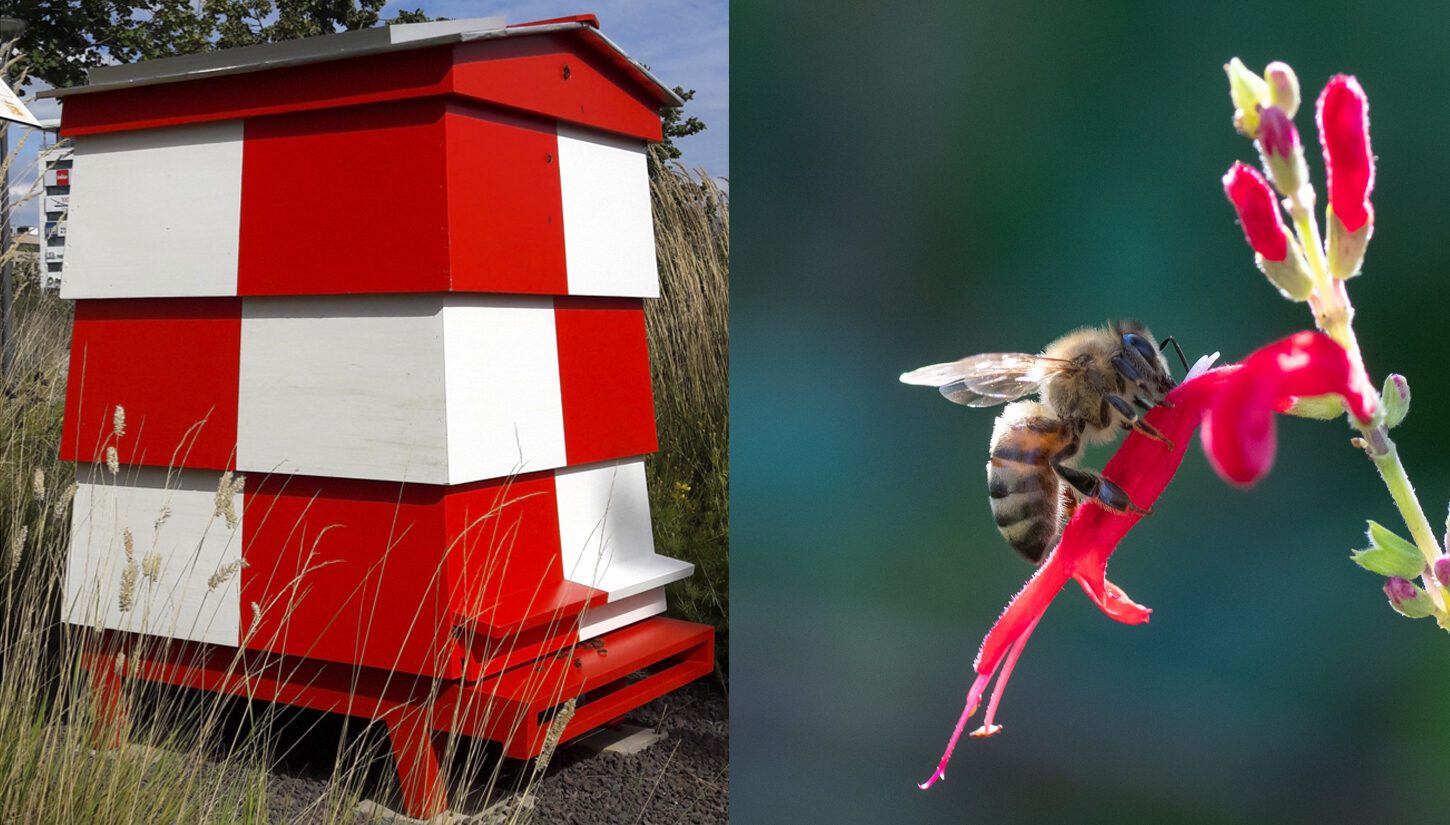Both friends and foes within the scientific community agree that the Varroa mite is the primary cause of bee mortality in the honey bee. The demise (weakening and deaths) of bee colonies threatens the fundamental pollination of many food crops in the Netherlands, Europe and the rest of the world. As a result, bee mortality represents a significant threat to food security. Therefore, since 2018, Arista Bee Research with the support of Dioraphte, has been focusing on the breeding of varroa-resistant bee colonies.
Adoption hives
Over the last few years, Arista has been able to prove that the breeding method it has developed is effective and can be applied to all bee varieties. BartJan Fernhout, board member and founder: ‘The result is that over 200 beekeepers have decided to join us and are now actively involved. The extensive guidance, coordination and training are the things that enable us to be successful. For this reason, we would like to continue to consolidate the programme and we will expand it further after Covid-19. This will mean that we will place more emphasis on the breeding of queens who are fertilised by multiple drones (worker bees). Alongside the continued breeding programme, priority will be given to the long-term funding of Arista through, amongst other things, the leasing of Arista Adoption Hives.’
The Arista Bee method
The project is still seeing a steady increase in the number of beekeepers taking part. In addition to the one-drone-insemination colonies, an increasing number of beekeepers are working with colonies that include a queen who has been inseminated by several drones or who is fertilised at a station by resistant drones. Fernhout: ‘Such queens were inseminated at our Ameland station and at our land-mating station in Brabant. These queens are capable of laying more eggs and therefore, they can be kept in the standard hives. This allows us to do some fine-tuning of the traits that require a normal colony size, like honey yield and swarm-weariness.’
